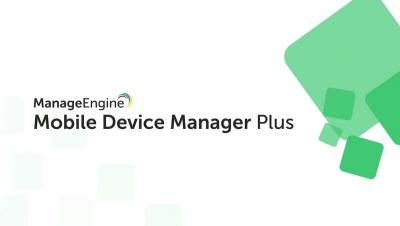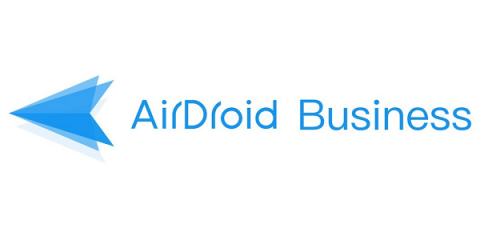Operations | Monitoring | ITSM | DevOps | Cloud
MDM
Eight Cybersecurity Tips for Businesses in 2023
The online playing field for businesses in multiple niches has expanded, with the internet enjoying an overarching presence in various facets. New and larger markets have become more accessible through online platforms. All an established business needs is computer-based tools and an internet connection that won’t falter. Expansion is often rewarding but has its fair share of risks; thus, melding a nice blend of cybersecurity with a growing company is the safe way to go about it.
What is Mobile Device Management (MDM)?
iOS Device Management: How to Manage iOS Devices
9 Foolproof Ways to Protect Your Employee Privacy
Cybercrime is one of the greatest threats to modern businesses, so naturally, cybersecurity is becoming a top priority among business leaders worldwide. It’s easy to see why. Cybercrime can result in significant losses for companies, particularly financially. In fact, the global cost of cybercrime is expected to rise to $23.84 trillion by 2027, up from $8.44 trillion in 2022. Businesses collect and store mountains of data daily, and are obligated to keep that data secure.
Android Device Management: How to Manage Android Devices
ManageEngine joins Android Enterprise Partner Program for advanced mobile device management solutions
We are excited to announce that ManageEngine Mobile Device Manager Plus is now an Android Enterprise validated Silver partner, marking a significant milestone in our commitment to delivering an exceptional mobile device management solution. As an Android Enterprise Silver partner, we offer a comprehensive feature set aligned with Android Enterprise’s best practices, empowering organizations to secure, manage, and deploy Android devices efficiently.
Manage multiple versions of Play Store apps using Mobile Device Manager Plus
What is Android Mobile Device Management (MDM)?
Mobile device management (MDM) is software that enables organizations to support, automate, control, and secure mobile devices that are connected to the workplace and that have access to organizational data. MDM software is needed for each type of operating system because they all function a little differently from one another. Android MDM is software designed specifically for mobile devices that run the Android operating system (OS).
A Comprehensive Guide to Geofencing in Healthcare
Location-based marketing has been around for a while. Marketers have used ZIP codes to send personalized marketing messages to target audiences. However, these tactics are limited. For example, you can’t trigger ads in real-time or at the moment of highest intent. But what if you could target the right customers at the right place and time? Enter geofencing.











